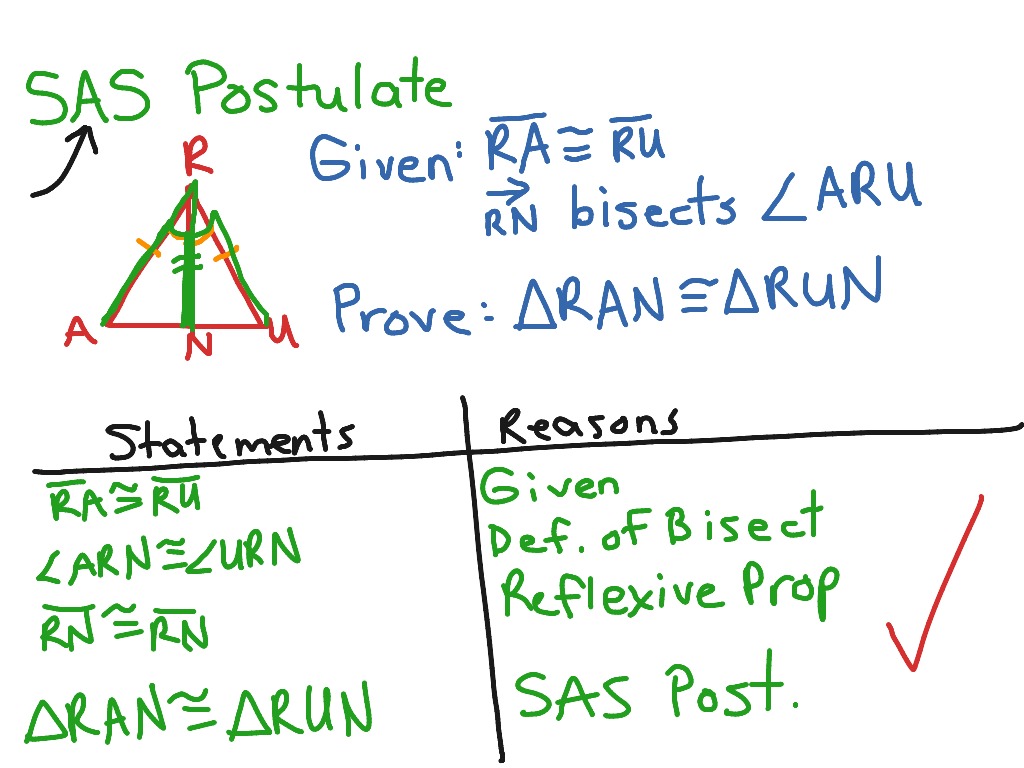

On a sphere, RLH is valid for a triangle with all sides less than 1/4 of a great circle. However, if you look at your argument for RLH on the plane, you should be able to show that What about on a hyperbolic plane?įigure 9.6. So on a sphere there are small triangles which satisfy the conditions of RLH although they are non-congruent. We can see that the second leg of the triangle intersects the geodesic that contains the third side an infinite number of times. But there are small triangle counterexamples to RLH on spheres! The counterexample in Figure 9.6 will help you to see some ways in which spheres are intrinsically very different from the plane. What happens on a sphere and a hyperbolic plane?Īt this point, you might conclude that RLH is true for small triangles on a sphere. On the plane, if the leg and hypotenuse of one right triangle are congruent to the leg and hypotenuse of another right triangle, then the triangles are congruent. This result is often called the Right-Leg-Hypotenuse Theorem (RLH), which can be expressed in the following way: Show that on the plane ASS hold for right triangles ( where the Angle in Angle-Side-Side is right). See what you find on all three surfaces.ī. There are numerous collections of triangles for which ASS is true. Your definition of small triangle here may be very different from your definitions in Problems 6.3 and 6.4. Can you make ASS work for an appropriately restricted class of triangles? On a sphere, also look at triangles with multiple right angles, and, again, define "small" triangles as necessary.

Try this for yourself on these surfaces to see what happens. So ASS doesn't work for all triangles on either the plane or a sphere or a hyperbolic plane. Here, the circle that has as its radius the second side of the triangle intersects the ray that goes from a along the angle a to b twice. We can line up the angle and the first side, and we know the length of the second side ( bc or b'c'), but we don't know where the second and third sides will meet. We would like to see if, in fact, the triangles are congruent. Suppose you have two triangles with the above congruencies. Are two triangles congruent if an angle, an adjacent side, and the opposite side of one triangle are congruent to an angle, an adjacent side, and the opposite side of the other? There are also other types of counterexamples to SSS on a sphere. Make sure you see what it is in your argument that doesn't work for large triangles.įigure 9.3. Whatever argument you used for the plane should work on the sphere for suitably defined small triangles. Thus, it is necessary to restrict the size of more than just the sides in order for SSS to hold on a sphere. The counterexample in Figure 9.3 shows that no matter how small the sides of the triangle are, SSS does not hold because the three sides always determine two different triangles on a sphere. On a sphere, SSS doesn't work for all triangles. Of course, it is up to you to determine if each of these orientations is actually possible, and to prove or disprove SSS. For example, in Figure 9.2, if we line up one pair of corresponding sides of the triangles, we have two different orientations for the other pairs of sides: Start investigating SSS by making two triangles coincide as much as possible, and see what happens. This chapter is a continuation of the triangle congruence properties studied in Chapter 6.Īre two triangles congruent if the two triangles have congruent corresponding sides? Things which coincide with one another are equal to one another. Send comments to 9 SSS, ASS, SAA, and AAA As always comments are welcome and will affect the final draft. This material is in draft form and may not be duplicated or quoted without the author's written permission, except for purposes of review or trying out the material with students. This new book will be an expanded and updated version of Experiencing Geometry on Plane and Sphere. Notice: This material will be included in a forthcoming (summer 2000) book with the tentative title Experiencing Geometry in Euclidean, Spherical, and Hyperbolic Spaces. Updates will be posted as they become available.


 0 kommentar(er)
0 kommentar(er)
